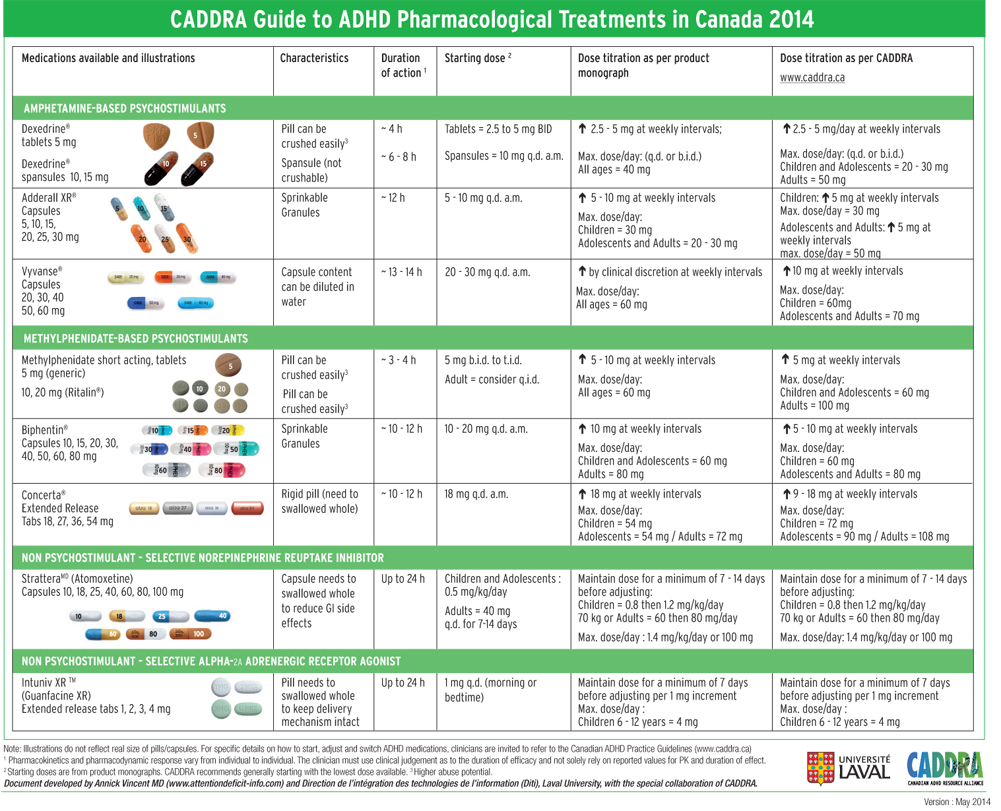
Schools in the suburbs in all regions of the United States except the Northeast had higher rates of teen misuse of ADHD medications, as did schools where typically one or more parent had a college degree, according to the study. “We know that the two biggest sources are leftover medications, perhaps from family members such as siblings, and asking peers, who may attend other schools,” he said. Schools with few to no students currently using such treatments had much less of an issue, but it didn’t disappear, McCabe said. Schools with the highest rates of teens using prescribed ADHD medications were about 36% more likely to have students misusing prescription stimulants during the past year, the study found. In the data set used for this study, questionnaires were given to more than 230,000 teens in eighth, 10th and 12th grades in a nationally representative sample of 3,284 secondary schools.Īdderall users struggle with ongoing shortage while reason - and resolution - remain uncertain Published Tuesday in the journal JAMA Network Open, the study analyzed data collected between 20 by Monitoring the Future, a federal survey that has measured drug and alcohol use among secondary school students nationwide each year since 1975. A major takeaway of the new study is that misuse and sharing of stimulant prescription medications is happening in middle and high schools, not just college,” said Camenga, who was not involved with the study. Deepa Camenga, associate director of pediatric programs at the Yale Program in Addiction Medicine in New Haven, Connecticut.

Students also overuse medications or “use a pill that someone gave them due to a sense of stress around academics - they are trying to stay up late and study or finish papers,” said pediatrician Dr. Nonmedical uses of stimulants can include taking more than a normal dose to get high, or taking the medication with alcohol or other drugs to boost a high, prior studies have found.

“In some schools there was little to no misuse of stimulants, while in other schools more than 25% of students had used stimulants in nonmedical ways,” said McCabe, who is also a professor of nursing at the University of Michigan School of Nursing. Prescriptions for ADHD treatments surged during the Covid-19 pandemic, CDC report shows


 0 kommentar(er)
0 kommentar(er)
